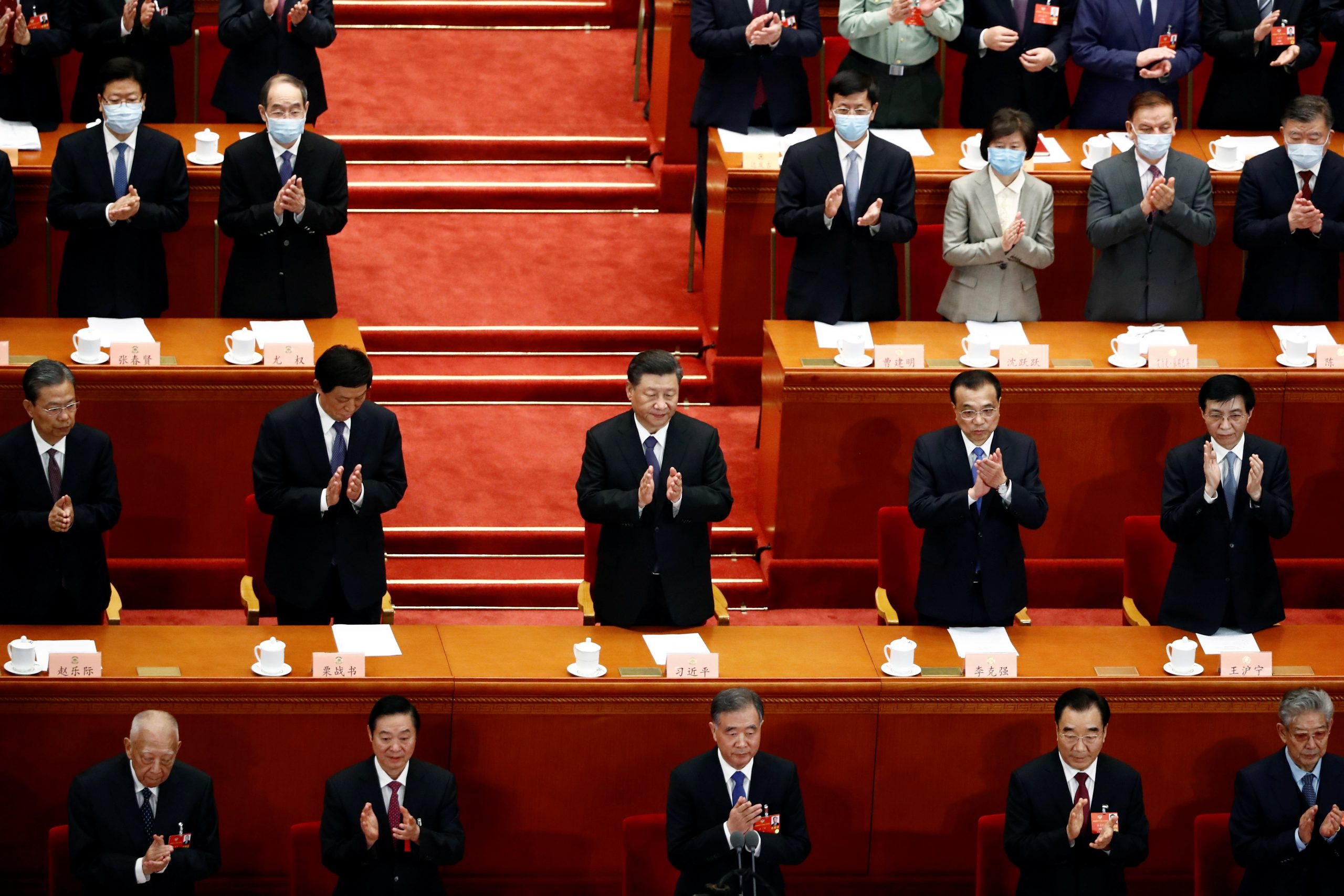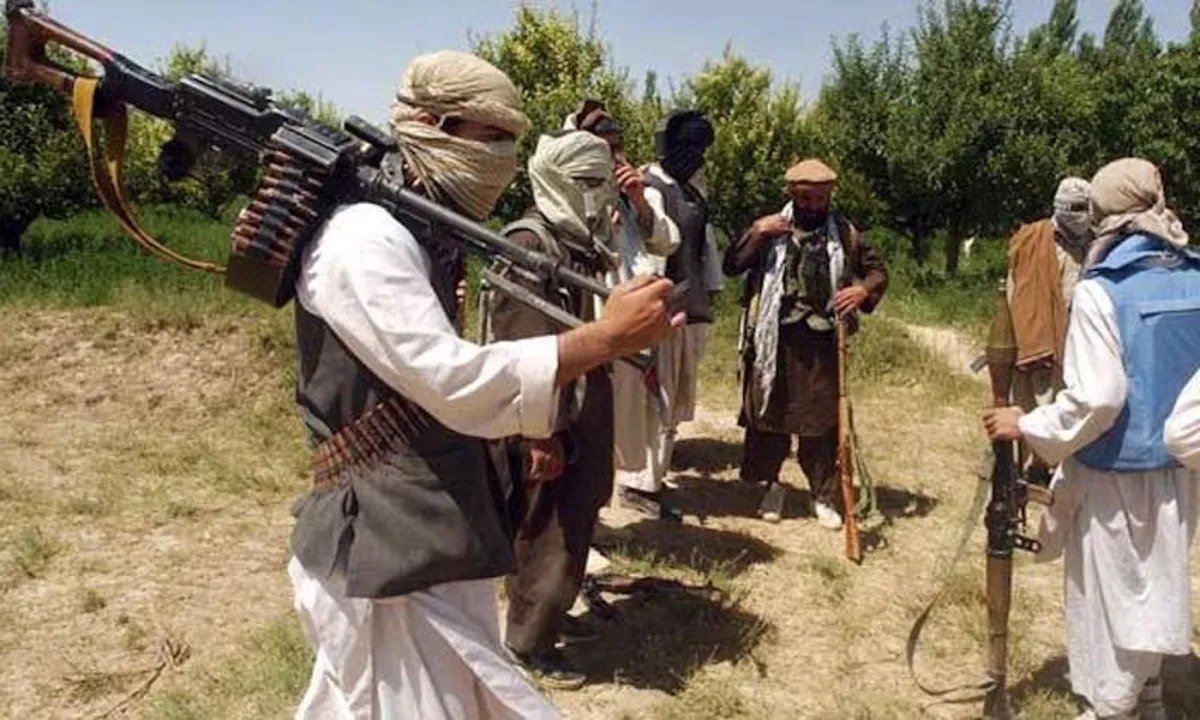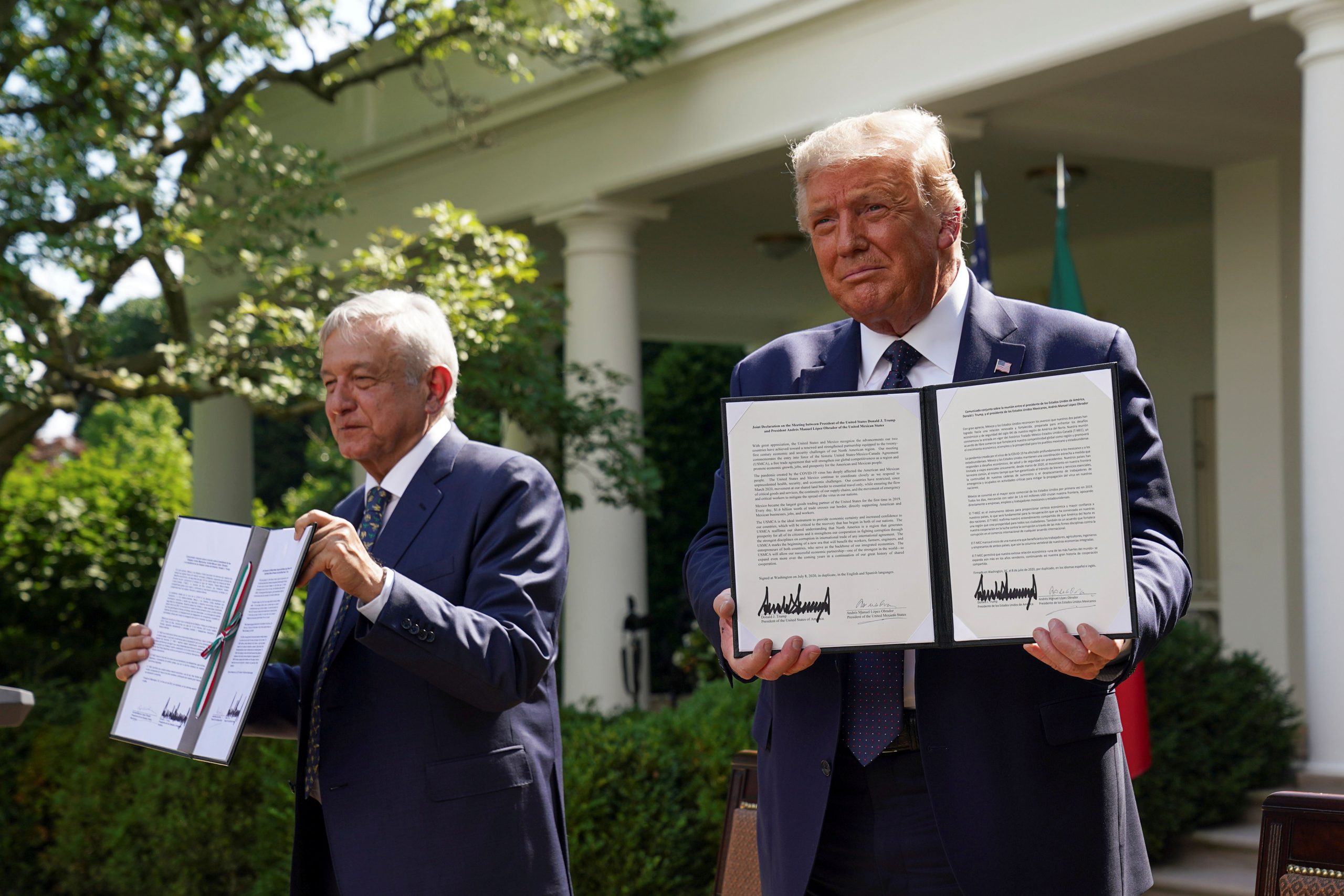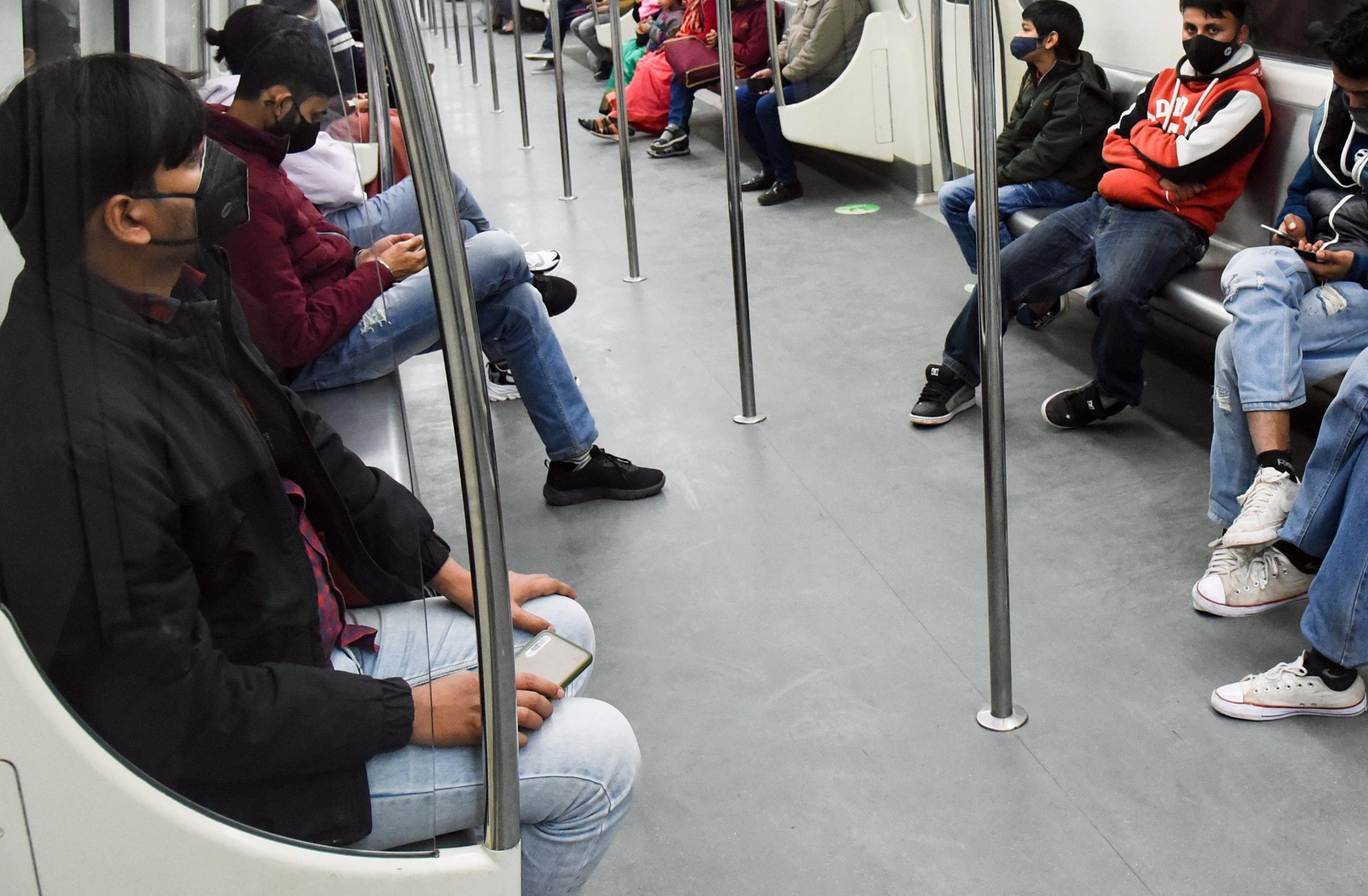Taking into account the complex China factor, B3W must be considered in the context of the Indo-Pacific narrative and in connection with other regional ventures. Amidst such constraints, B3W may emerge more as a complement than an alternative to Belt and Road Initiative
Jagannath P. Panda
The question of China as a (revolutionary) revisionist actor looms large over the Indo-Pacific. Building influence and changing status quo through infrastructure financing and connectivity promotion have been the most critical aspects of China’s Belt and Road Initiative (BRI) that Xi Jinping has been advancing since coming to power in 2013. Debates over “quality” vs “quantity” and transparency of the infrastructure financing have been at the forefront of global perception vis-à-vis the BRI, both regionally and globally. China’s influence operations and authoritarian strategic ambit have substantially grown along with the thinking among the democratic nations about how—and if—Beijing’s BRI operations can be balanced out.
Keeping this perspective in view, at the 47th Group of Seven (G7) meeting—in which Australia, India, South Korea and South Africa were guest participants—the world’s seven largest industrial democracies (United States, United Kingdom, Canada, Japan, Italy, Germany and France) launched the US-led Build Back Better World (B3W) initiative. Perceived widely as a counter to China’s BRI, the B3W is essentially “an affirmative initiative for meeting the tremendous infrastructure needs of low and middle-income countries”. More importantly, this initiative is seen as a strategic umbrella aimed at building a coalition among low and middle-income countries, led by the US and other G7 countries.
The central question this issue brief aims to address is: What are the strategic objectives guiding this venture and its relevance in a rapidly evolving democratic–authoritarian divide primarily triggered by a US–China rivalry? Furthermore, is it a partnership to balance (or counter) China’s BRI or just a partnership among democracies outside of China’s unilateral practice? The brief argues that although B3W has been framed as a competitor to BRI, in reality, such a narrative is derived from a broader US–China great power competition. In fact, B3W has several distinct areas of focus compared to BRI and hence can emerge both as a complement and a competitor to the BRI.
Taking into account the complex China factor, B3W must be considered in the context of the Indo-Pacific narrative and in connection with other regional ventures. Amidst such constraints, B3W may emerge more as a complement than an alternative to BRI. Although they may be clearly in competition in terms of goals for certain sectors (particularly technology), the two initiatives could very well operate as complementary to each other. Like BRI, B3W expects to harvest cross-national cooperation, cross-continental connectivity and regional synergy between the countries in question while working on large-scale projects in the developing world. Nonetheless, B3W is yet to develop from an ambitious vision partnership into a substantial practical arrangement. Though no financing commitments have been made, competing with BRI’s approximately US$ 4.2 trillion (intended) funding will in itself be a mammoth task, especially amidst the economic uncertainty arising from the pandemic. Moreover, no multilateral project management instruments have been declared and there is no clear indication of which G7 agreed companies will be willing to do the global contracting work. It is important to note that apart from domestic Chinese banks of international repute, Beijing is successfully using AIIB and NDB for executing or advancing BRI projects and diplomacy.
In many ways, China’s response to the formation of B3W has been along expected lines. Beijing has used the launch of B3W to further promote its BRI while highlighting the shortcomings of the US-backed initiative. For instance, the Chinese Vice Foreign Minister commented that the launch of B3W only showed how necessary, “right and promising” the BRI was. He added that the BRI was already a well-developed, “open” and “inclusive” venture (having been proposed in 2013 as “One Belt, One Road”) with fully firmed, concrete plans, whereas the B3W was still abstract and still unsure of its financing capacity. This was, by and large, a measured response and not entirely unexpected. In some ways, Beijing is perhaps well aware of the difficulty that B3W may face in terms of its execution and actualisation.
Jagannath P. Panda is Research Fellow at Manohar Parrikar Institute for Defence Studies and Analyses, New Delhi
Views expressed are of the author and do not necessarily reflect the views of the Manohar Parrikar IDSA or of the Government of India.
This is the abridged version of the article which appeared first in the Comment section of the website (www.idsa.in) of Manohar Parrikar Institute for Defense Studies and Analyses, New Delhi on August 4, 2021

























